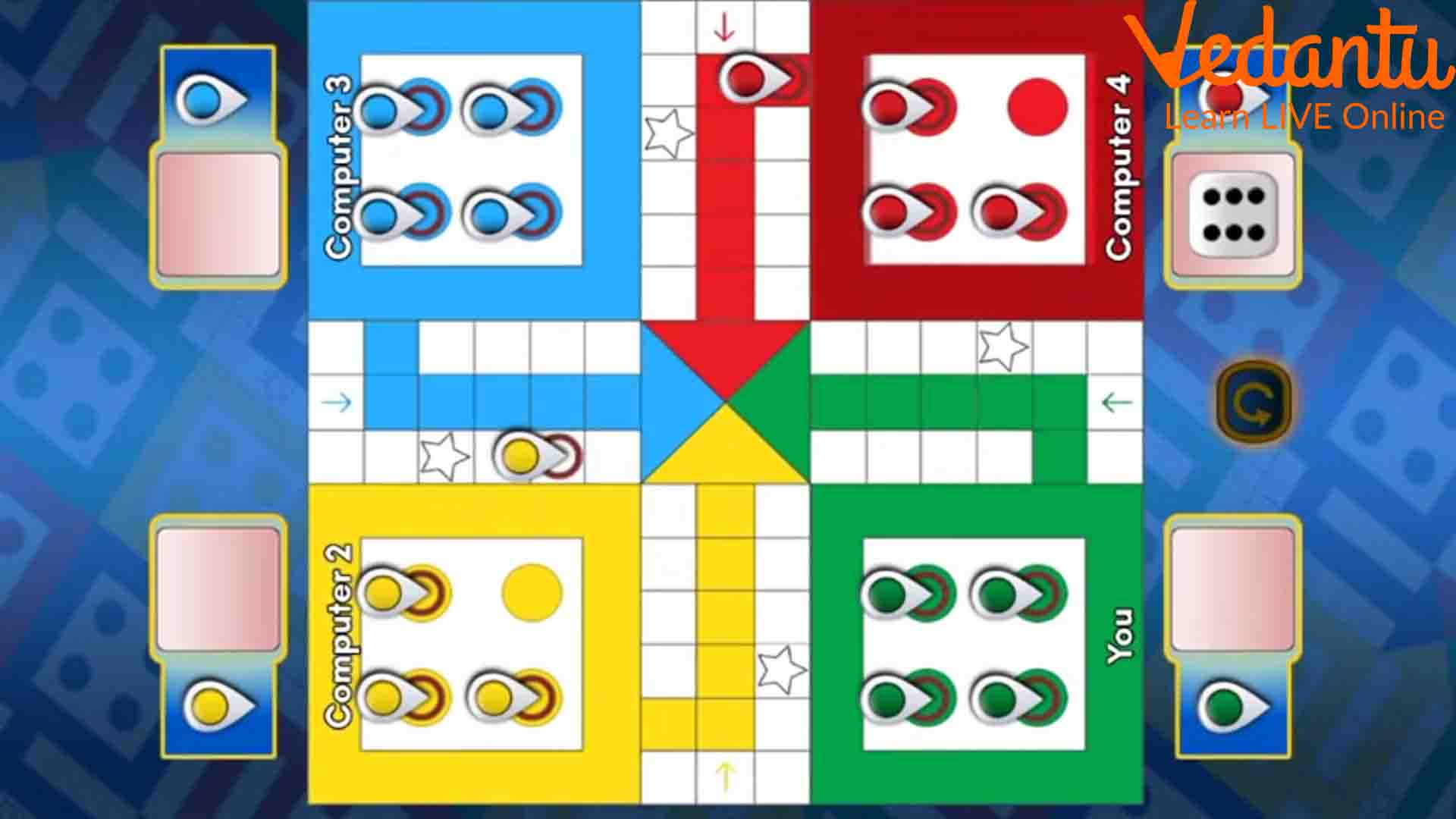Who Invented Ludo and How It Became So Popular?
Introduction
Board games have always been fascinating to play with family members and friends. Hours pass when we play a board game together with our loved ones. What is the most interesting board game of all time? Well, Ludo for sure! This board game accommodates four players offering extreme fun while playing it.
The question of Ludo’s origin often intrigues our imagination. How did this board game come into being? Was it the same when our ancestors played? In this article, we will discuss the historical version of this board game played in India and who invented Ludo, the modern version.
History of Ludo
The year was 1896 when a British man named Alfred Collier patented the modern structure of this board game. It is thought that he came to know about different board games similar to Ludo played in India for centuries.
He took the idea as an inspiration and restructured it to formulate a version and named it ‘Royal Ludo’. He patented it in the UK by simply adding a dice cup. Since then, Ludo has gained extreme popularity across the world. It is now currently the most popular board game played in the digital world. We will come to this later. Let us first discuss how Ludo emerged from an Indian board game named Pachisi.
If we peek into the Indian epic named Mahabharata, we will find that the maharajas played a board game similar to Ludo. In fact, the cave paintings in the Ellora Caves suggest that it was played back then with immense popularity. As per the information about Ludo, it dates back to the 6th Century and became ragingly popular among the royals and commoners. Its origin is not clearly known or documented.
The illustrations on the wall clearly suggest how a board game similar to Ludo was played in India for ages. They used to play with shells, seeds, dice, staves, cloth, slate, or wood. It clearly depicts that the origin of this board game dates back to India.
According to its origin and colloquial versions, its names were Chausar, Pachisi, and Chopad. If we look closely then we can find its implication in Spanish history. It is called Parcheesi in Spanish. It is also called Chatush Pada in Chinese which means four clothes. It is called Ludu in Africa. According to Ludo history, the oldest mention is in the illustrations of the Ellora Caves in India.
The Modern Version of Ludo
The excitement of Ludo fancy can be seen in the modern world. Players connect with unknown players on applications developed for smartphones. We can now play with anyone across the world by simply downloading and using a Ludo app.
It all started with the modern version of Ludo. Alfred Collier was the one to initiate this modern version. He also gave the Ludo name to this indigenous board game. Eventually, the British Royal Navy named it ‘Uckers’ and made it reach the colonial settlements. Today, we play this modern version in different mediums.
Even though you have to depend on the results of your dice rolls, this game has excellent strategies to follow and win. The slowest players can win the game with patience and intelligence. This is why this game is so popular!

The History and Fun of Ludo
Also Read: Memory Games for Kids to Help Them Grow
How Do We Play Ludo?
We have read about the board game played by the Pandavas and Kauravas in the Mahabharata. The board game was rigged and the Kauravas won resulting in a disaster at the end of this epic. This game was a deciding point for the future of the two royal families. It shows how important this board game was considered back then. Also, there is no Ludo full form to learn. It is just a funny term.
It is not known when Ludo was invented but its importance clearly suggests how popular it was. The modern version has a dice cup to roll. Previously, people used to roll the dice with their hands. The Ludo board game has appeared in multiple historical anecdotes. The Mughal Emperor Akbar was quite fond of this board game. His version of the game is fascinating. Instead of using shells and board pieces, he used real people to walk on the board as per the rolled dice results. A life-size board was built in the favourite places where Akbar used to visit or live.
This board game is played by two to four players. No Ludo player name is needed when people are playing physically. The difference is created by using coloured beads or tokens. The game starts with a player rolling a dice. A dice has six sides numbered one to six. There are specific tracks segmented into boxes where the tokens can travel.
The result of the dice rolled decides how many boxes a token can travel. A player can only initiate the movement of a token when he rolls six. If a player meets another player’s token in the same box, the latter will have to return the token back to its home and start over. A player wins when all his tokens reach the final box or Home.
Life Lessons From Ludo
Now that we know what is Ludo and how we play it, we should also learn how this game teaches us life lessons. At times, you will find yourself in a critical position when all your tokens are surrounded by rival tokens. You will use your mind to find a way out and make sure all your tokens reach home. It also teaches us that life will not be the same all the time. Be patient and wait for your turn to take a step ahead.







